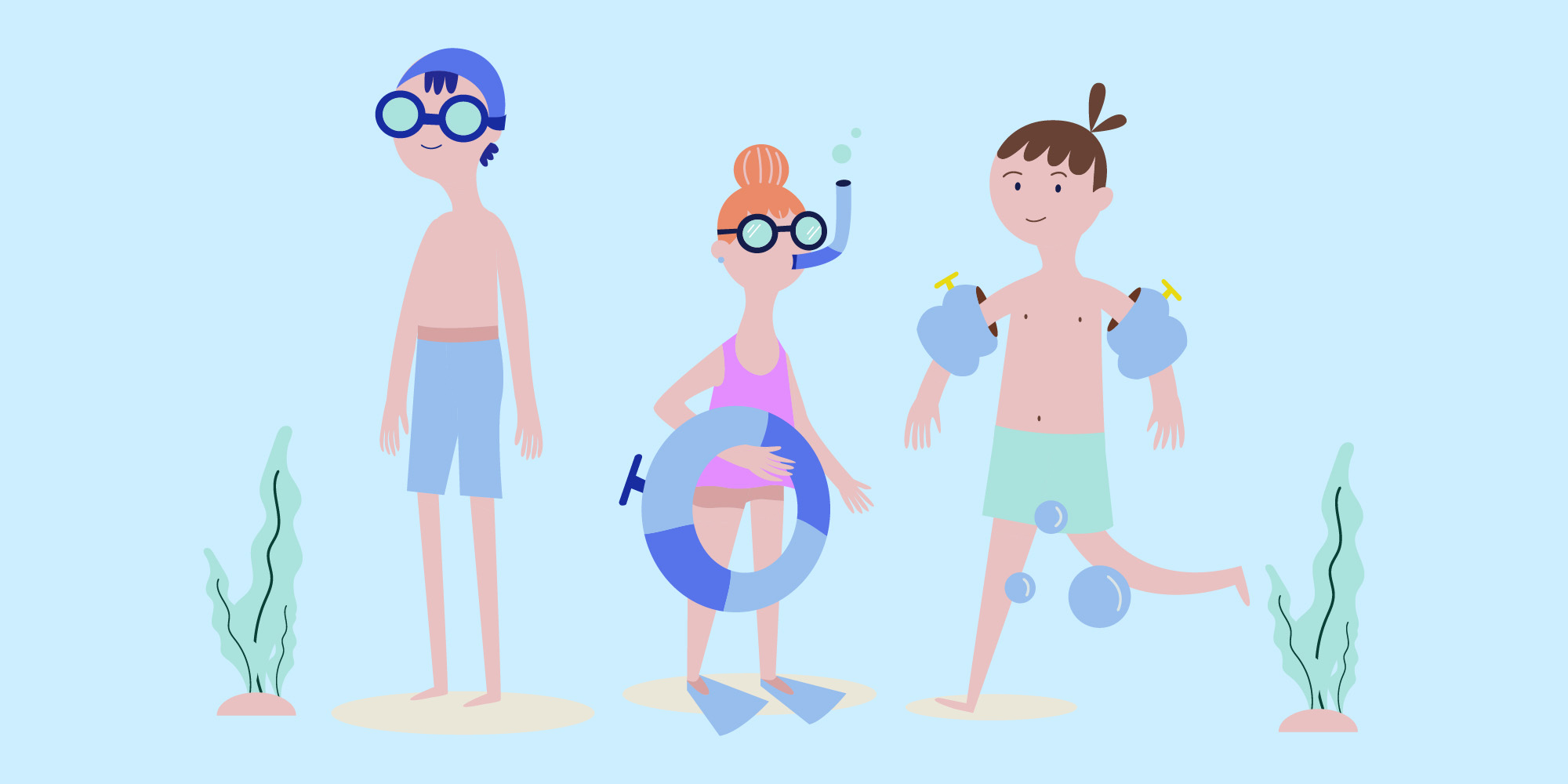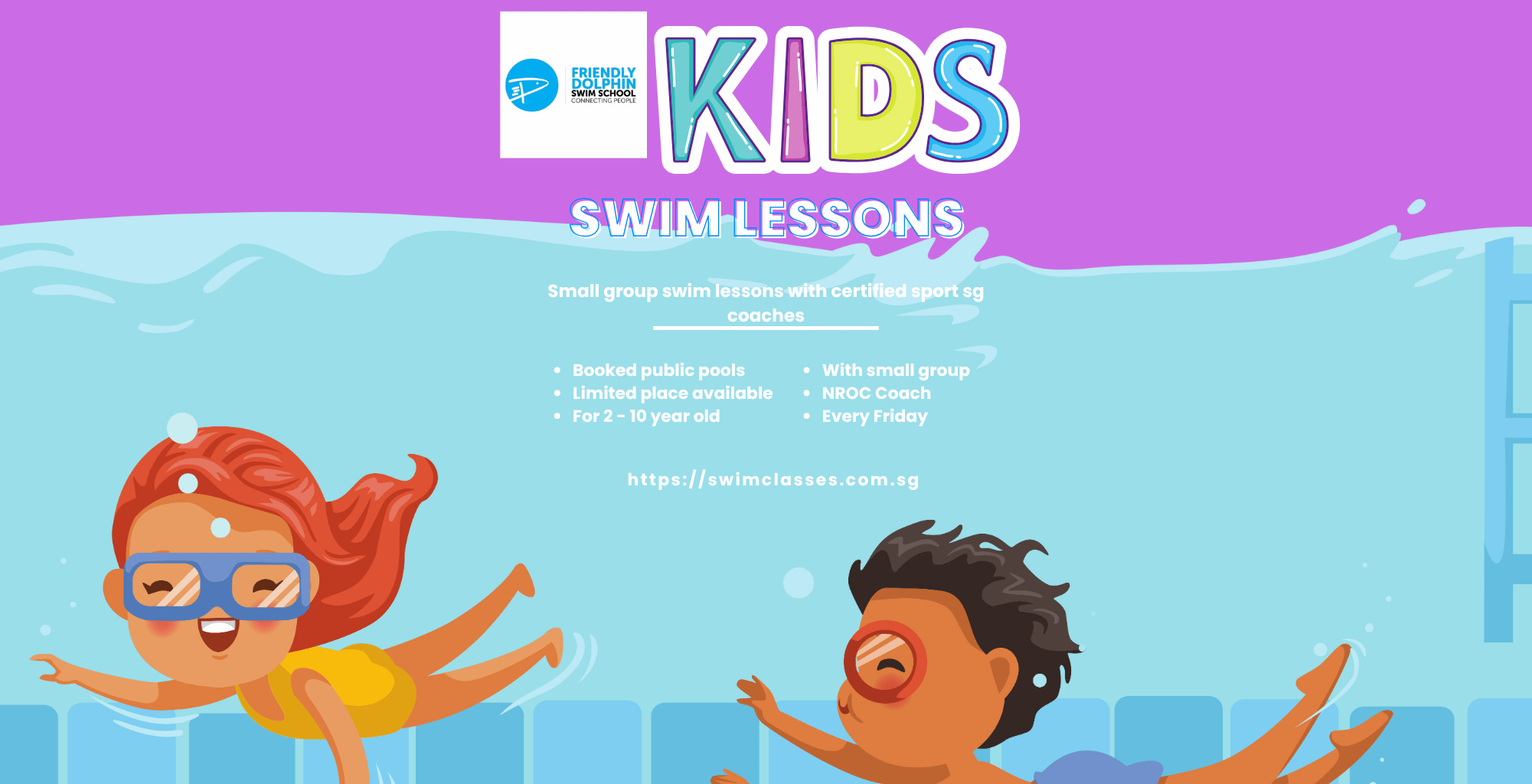
Has your child requested goggles, but you’re not sure they’re old enough?
“I started with infant swimming classes, which we both enjoyed! However, my baby swimmer has transformed into a little willful toddler and is much less eager to immerse his face in the water. “Do I need to get him some goggles?”
The above question requires serious consideration while replying. This might be because your child is now swimming for a lengthier portion of the class with their face in the water, causing their eyes to become uncomfortable. Or they may have realized they have enough neck and back strength to lift their head out of the water while swimming. This will be a new experience for them, but it should be avoided since it makes swimming inefficient and problematic.
Goggles can assist your child in swimming and encourage them to put their face back in the water. As a result, their eyes will be less irritated and appreciate their expanded eyesight when gathering toys from the pool floor.
However, goggles are not always the best option. A little toddler might soon develop dependent on goggles and refuse to even enter the water without them. Goggles are also bulky, don’t always seal well, and are difficult for toddlers to put on but extremely simple for them to remove!
Dependence on goggles can become a serious safety hazard. One of the most critical advantages of infant and toddler swimming is that it makes your child as safe as possible around water. However, any youngster might fall into the water regardless of age.
Because your kid will most likely be fully clothed and not wearing goggles if they fall into the water, they mustn’t develop the belief that they cannot swim without goggles. Remember that your child may have spent more than two years swimming without goggles as a newborn.
We have some suggestions that may assist you in deciding whether or not to offer your toddler goggles:
- Do not put goggles on toddlers under the age of two, and preferably not on children under the age of three.
- Encourage swimming with your head down and without goggles at first. After that, goggles should only be used as a last resort.
- Never allow your child to enter the water while wearing goggles since they may slip and injure their face.
- They should resurface and swim without goggles frequently.
- Remove goggles on sometimes to “practice lifesaving.”
- Check that the goggles are properly fitted.
- Allow a youngster to wear goggles only if they can keep them on!
Above all, if your youngster wants goggles, don’t make a huge deal about it. Encourage your kid to wear them for a short time (while completing most swimming and diving exercises), but make sure they are removed for at least part of each swimming session while your child leaps.


